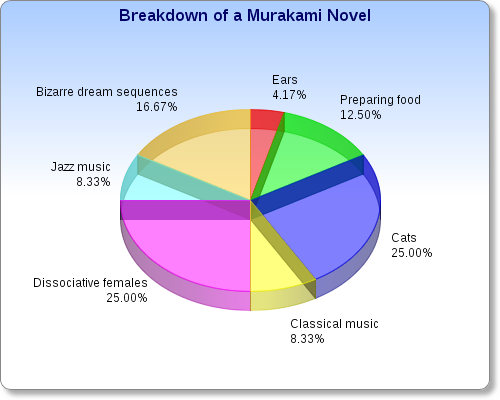 Thunder & Sunshine: Riding Home from Patagonia
Thunder & Sunshine: Riding Home from Patagonia by
Alastair Humphreys
My rating:
4 of 5 stars
In Humphreys' first book, Moods of Future Joys, he describes his journey by bike through Europe with the intention of going through Asia. 9/11 changed everything, so he cycled all the way down through Africa instead. This is the account of the second half of monumental ride around the world. First, though, he needs a boat, not a bike. Securing a passage on a sailing boat as a crew member, he departs from Cape Town, next stop Rio.
He travels down to the very south of the country and begins his journey once again from Ushuaia with the intention of cycling all the way to Alaska next. The contrast between this continent and Africa could not have been more different, and he climbed some of the largest hills on his trip so far. In South America, he never ceased to be amazed by the generosity of strangers, people who had virtually nothing would be prepared to share food and hospitality with him. The distances are huge, and the headwinds are relentless, but persistence pays off and he manages to make it to Columbia. Crossing the Darrien Gap is always going to be an issue, there is nothing there resembling a road, but he solves it by crewing on another boat to Panama.
Humphreys' found Mexico to be interesting country, but entering America was a huge contrast to South America. Some were friendly and one lot bought him a new bike, but others considered a cyclist to be an annoying inconvenience on the road as he cycled up the Pacific coast. Reaching his goal of getting to the Arctic Circle, it was time to turn and head west; Russia beckoned. On this leg of the journey he was joined by a friend and fellow adventurer, Rob Lilwall, as they cycled along the Road of Bones, Siberia’s infamous road. This was probably the coldest part of the journey varying from a chilly -40 deg C to a balmy -20 deg C and he seem to spend most of the time freezing his arse off! Next up was Japan, a country that is so very different to anything he had experienced before. With visas sorted, he crossed to China and set of exploring this huge country, and discovering that the language barrier there was much bigger than he expected.
He was on the homeward stretch now, and the rest of Asia beckoned. Provided he could navigate the torturous visa and border controls… Each country bought delights, new experiences and occasion brought it home to him just how fortunate he was. Reaching Turkey was the point where he for the first time went back into a country that he had cycled through four years previously. He was nearly home.
This was an enjoyable account of the second part of his journey as well as being a more honest appraisal of why he was doing it and what he had gained from the experience. He discovers as much about himself as the world and the people he met on this 46,000 journey round the world. I felt this was better written than the first book too, but what really comes across is his ability to get along with people from all walks of life and not to see anything as insurmountable. If you like travel books, or cycling books then this and the first volume are worth reading.
View all my reviews
 The Truth is a Cave in the Black Mountains by Neil Gaiman
The Truth is a Cave in the Black Mountains by Neil Gaiman
























